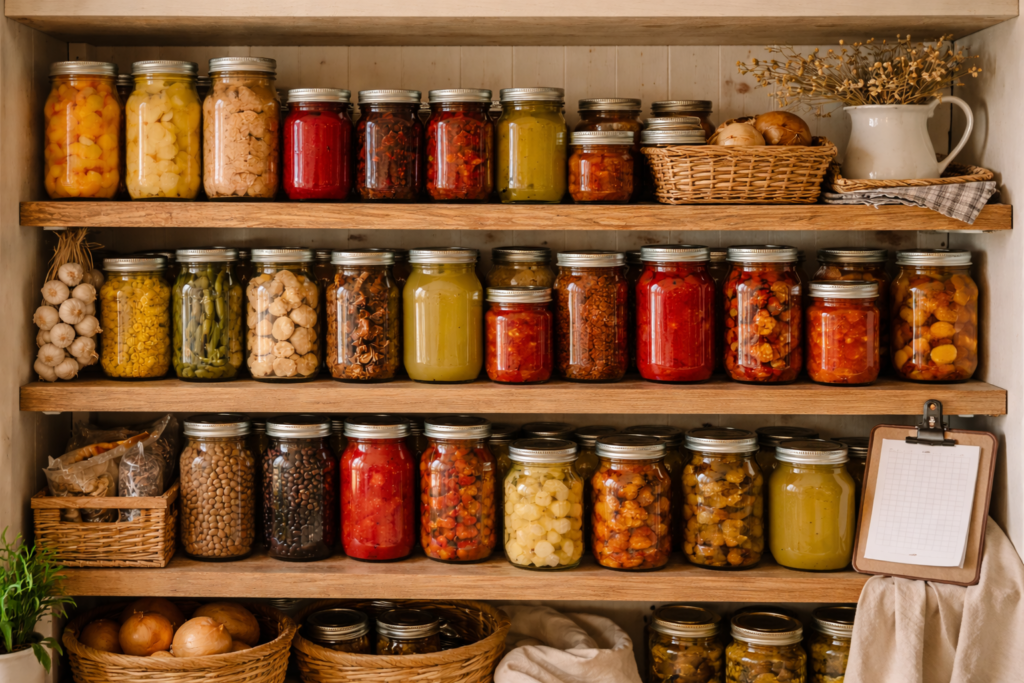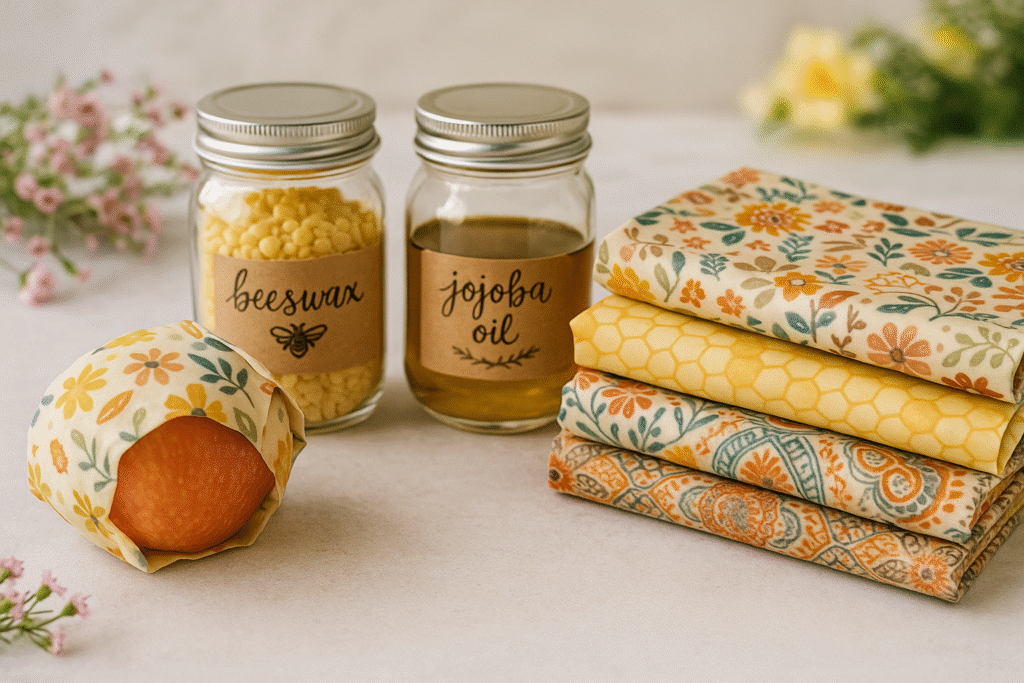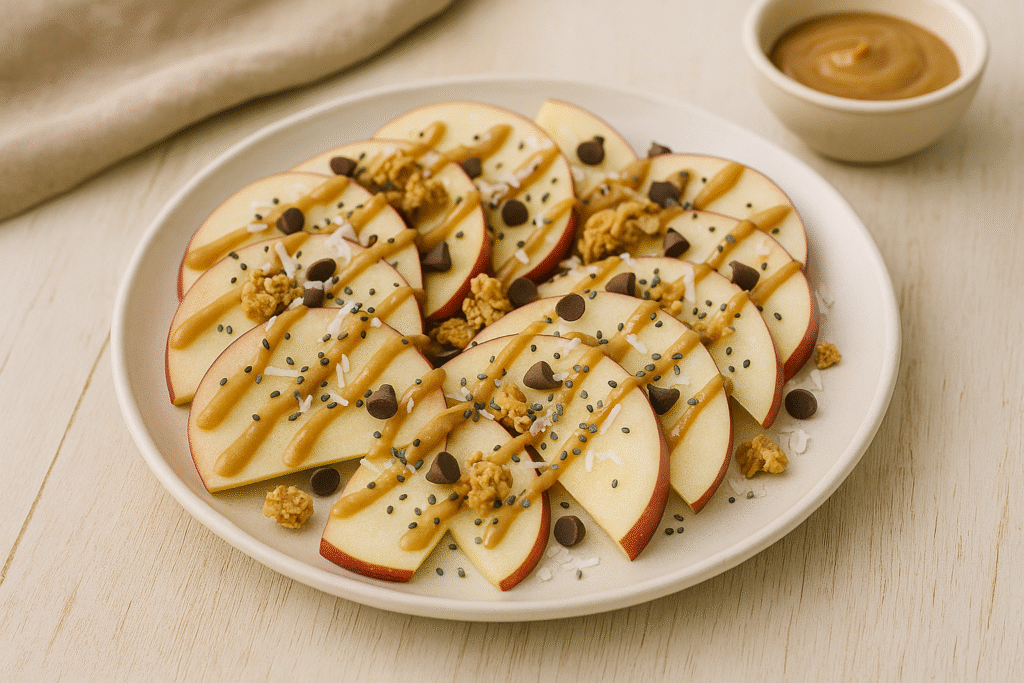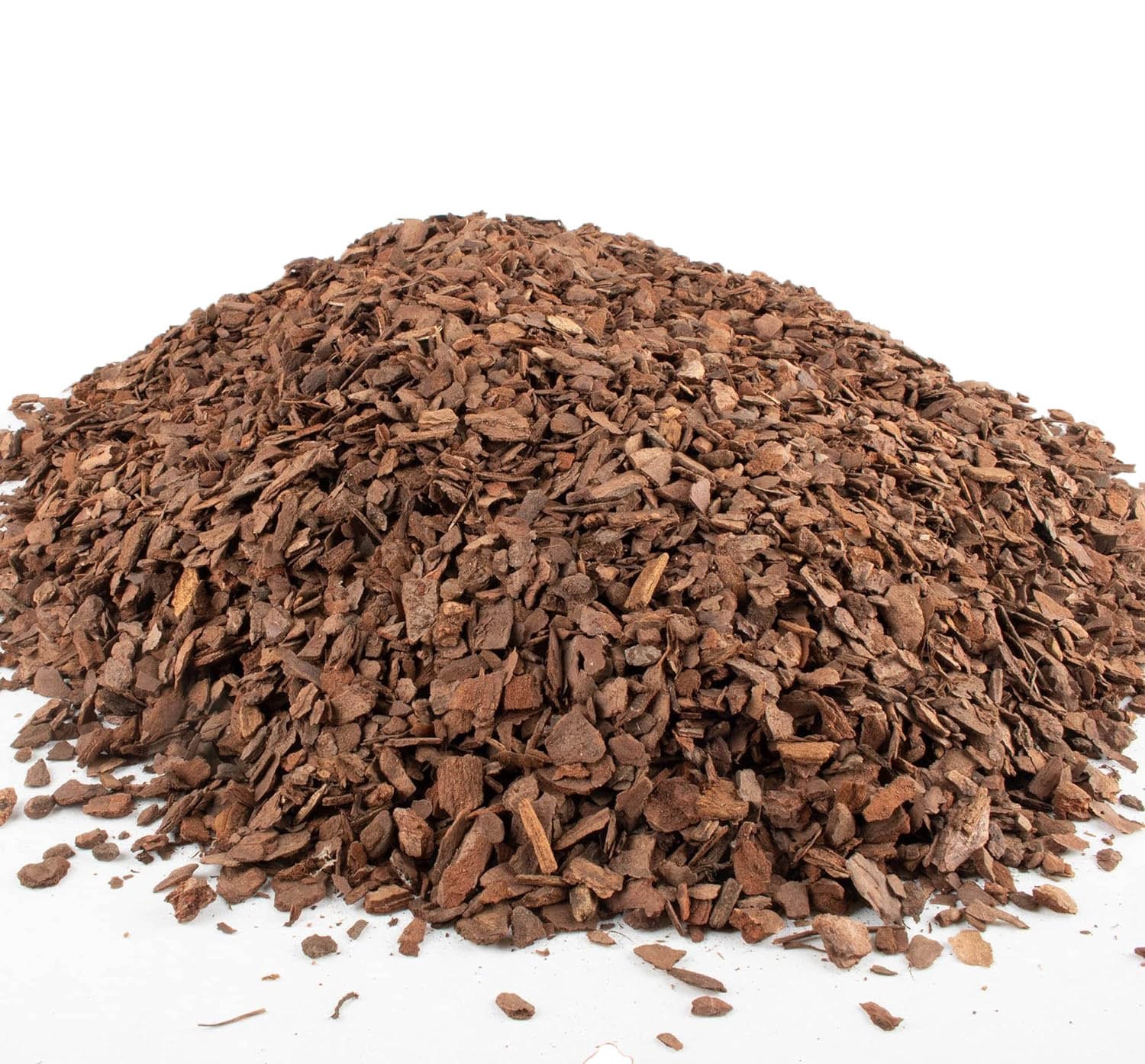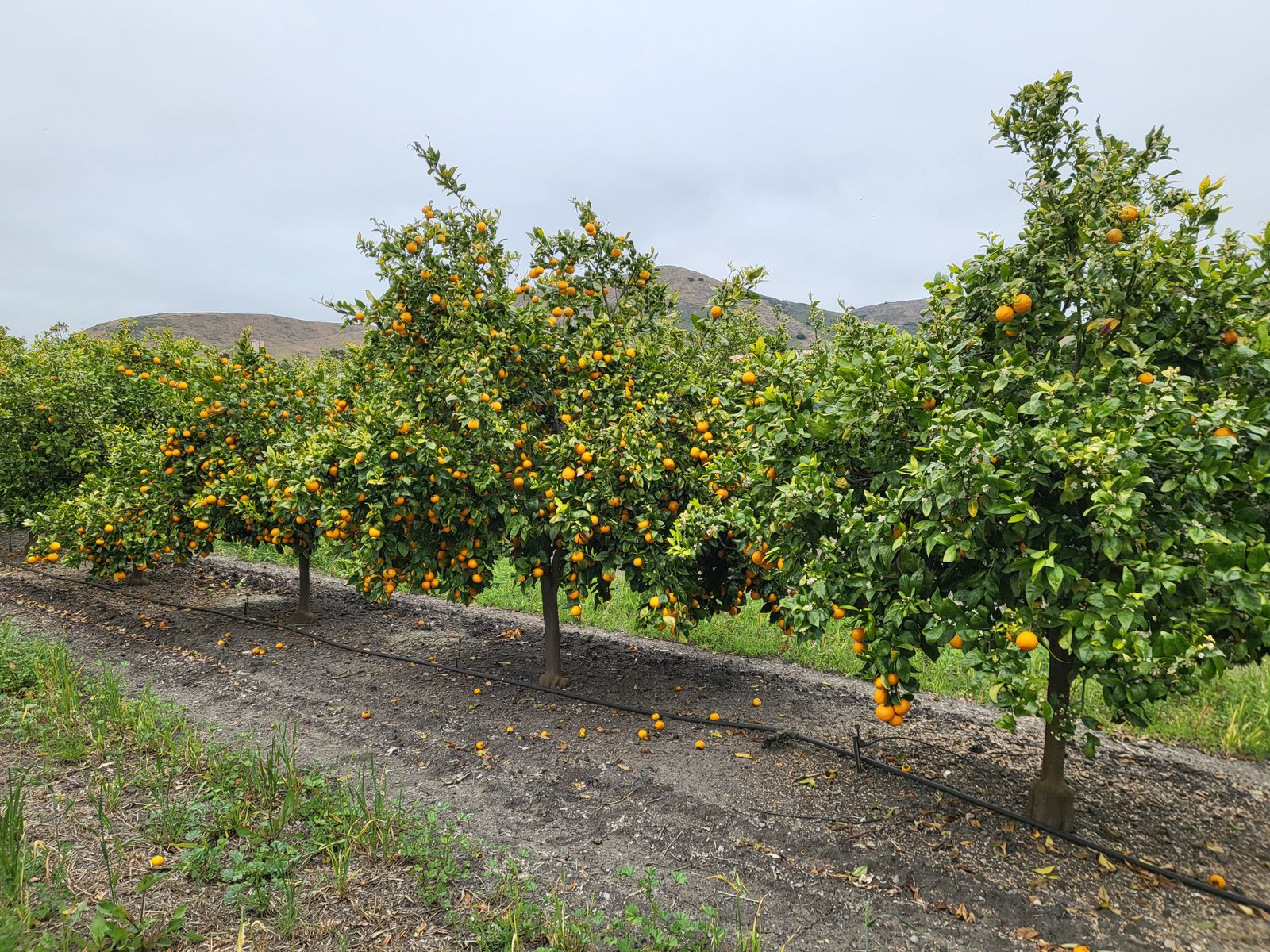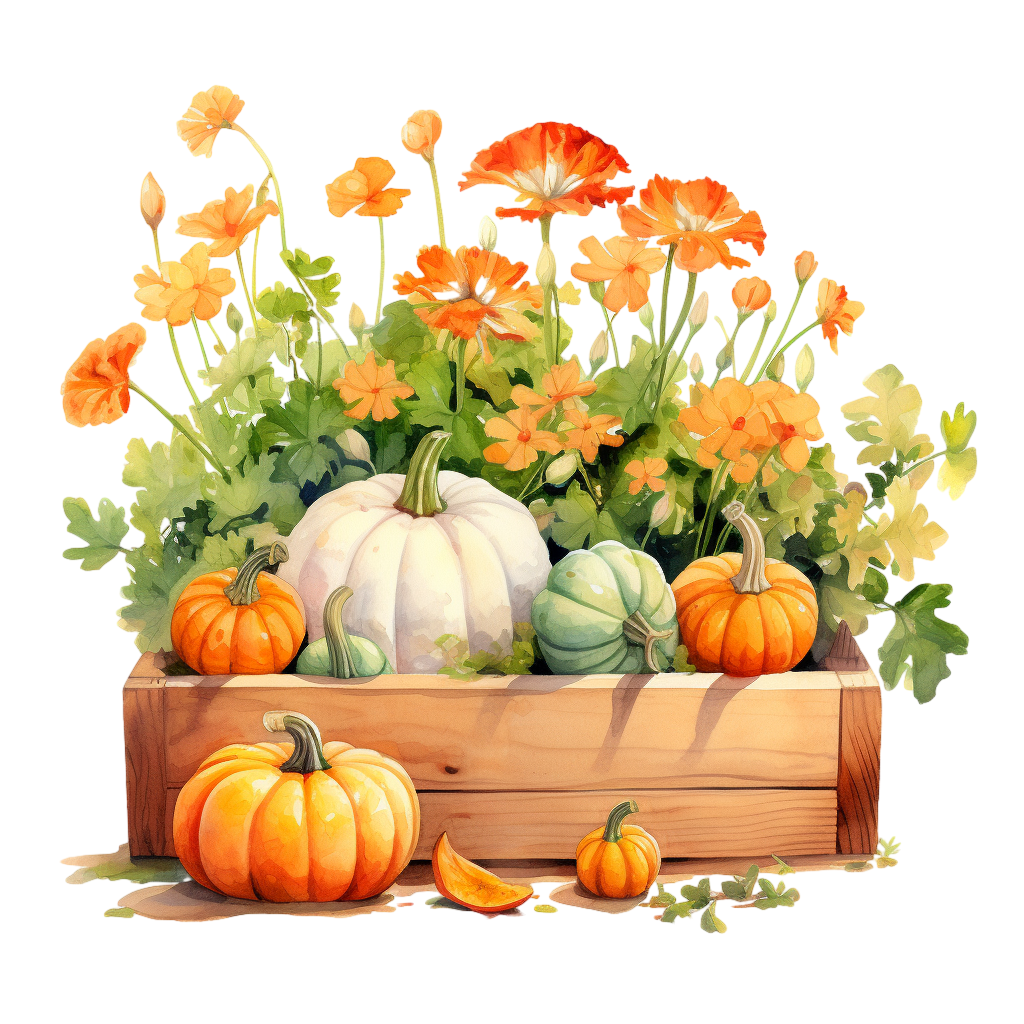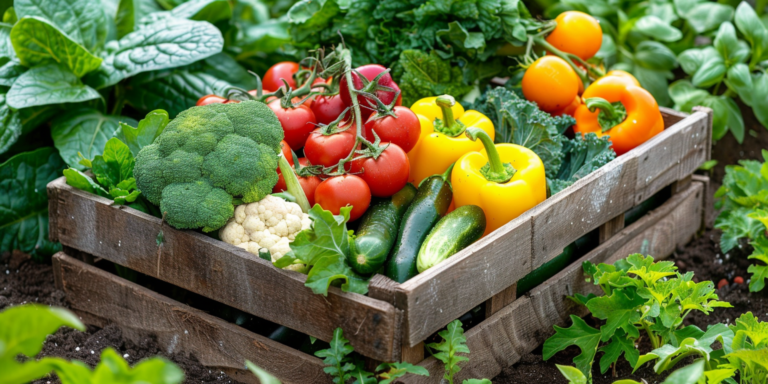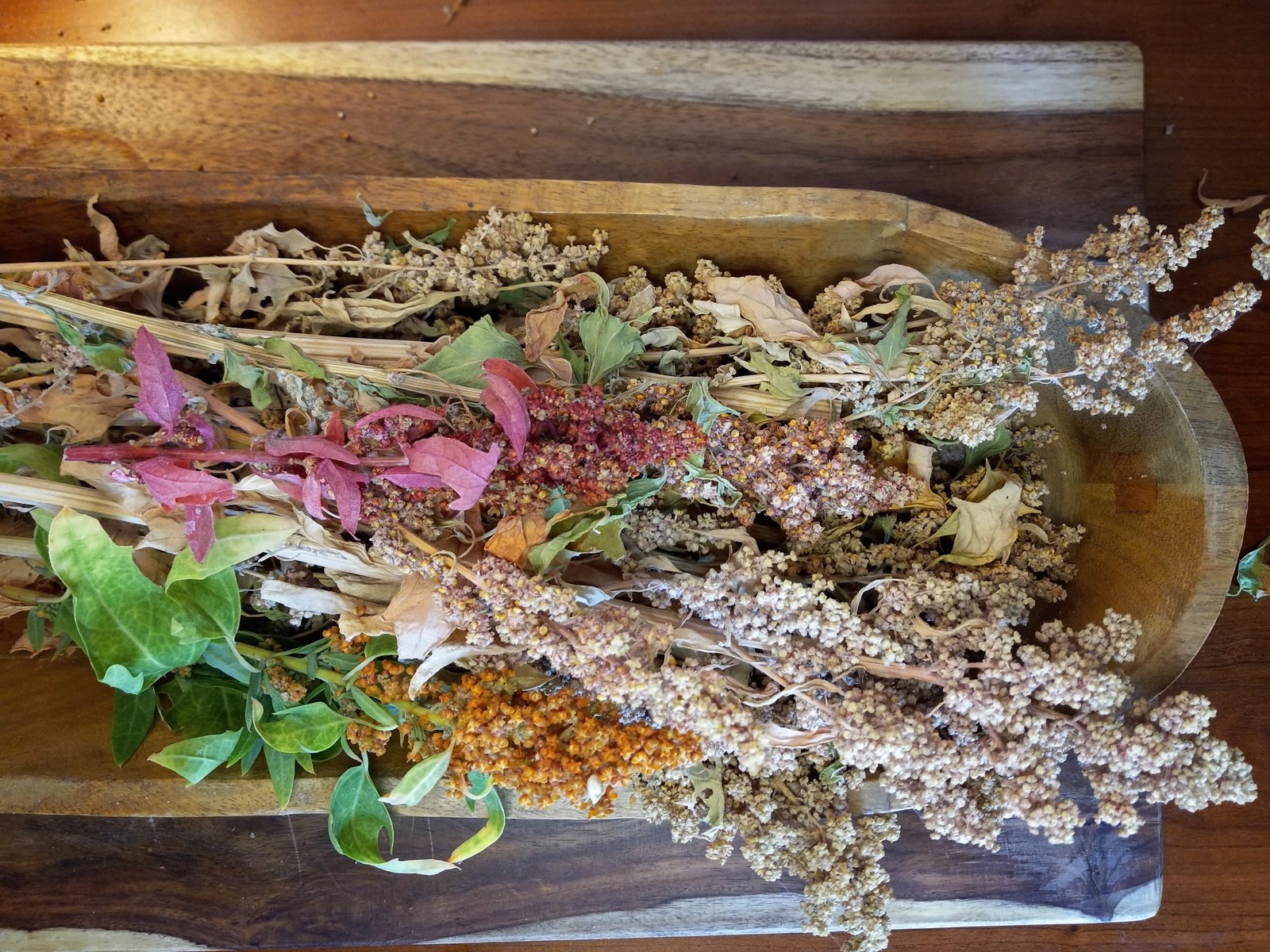Plan Your Garden
Probably the biggest (and easiest) thing you can do to be self-sufficient is to have your own vegetable garden. You don’t need a lot of land to start a garden. In fact, you don’t need any land at all! A sunny window and a small pot of soil will do. So don’t let your land, or lack thereof, stop you from getting started. The first step is to plan your garden.
When coming up with a garden plan, you’ll need to take a few things into consideration. Space requirements as well as available space will be first. Then you can plan for the types of food you want to grow and set up schedules for watering and harvesting. It can seem overwhelming, but we’ll break it down and make it easy. The biggest hurdle is just getting started. After that, everything falls into place pretty easily.
Find your garden space
I highly recommend planning your garden before making any purchases. It’s easy to get really excited about it all and rush to the store before knowing exactly what you’ll need. I know I’ve done that on more that one occasion. But I’ve learned that with a little planning, I will spend less money and get more out my garden by planting the right things.
First, take a look at your space. Do you need some small pots for your apartment balcony? Will you need to build planters? Are you going to plant directly in the ground? Most spaces will require some work to get them ready to plant.
If you live in an apartment, you can still have quite the little garden. Since you’ll be planting in pots, you probably won’t be growing brussels sprouts or potatoes, but green beans and radishes will be a good option for you. It’s okay to start small and gain your confidence and skill level in the garden.
Draw your plan
If you will be planting in your yard, start by measuring your space and drawing out your garden area on a piece of paper. This will determine how many plants you can fit in your area.
If you’re planting rows, be sure to leave enough space between the rows to walk. I recommend leaving a minimum of three feet between rows. This allows you to get things like a wheelbarrow or a garden cart between the rows when needed. It may seem like you won’t need those things at first, but as time goes on, you’ll be glad for the extra space to move things around. Your garden will fill in very quickly when the weather warms up.
When planning my garden, I like to use graph paper or dotted paper. I make each square represent one square foot in my garden. You probably want to keep your sections no more than four feet deep to make harvesting much easier. You don’t want to plant so much that you can’t reach the plants later to harvest them. My planters are four feet by four feet, so I never need to reach more than two feet from any side.
If you prefer to have a book that will help you plan it all out, I’ve used this one from Melissa K. Norris with some success. She guides you through how to plan your food for the entire year and ways to maximize your harvest.
Here’s some dot paper you can print to use for your garden layout. Most plants will need about one square foot to grow well, so I like to make each square of dots be one foot. Feel free to print several copies and try out some different plans.
Location Considerations
When deciding on a location for your garden, there are a few things to consider. The first is how much sun the area gets. Most plants in your garden will need a minimum of 6-8 hours of direct sunlight per day. More is usually better, depending on the temperature, but don’t choose a shady spot or your garden will struggle.
The second thing to consider is how close your water source is. Unless you live where it rains on a regular basis every week, you’ll need to water your garden. Having a water source far away will mean you will need to cart heavy buckets of water to your garden every few days. To avoid that, plan your garden very near a water source.
Finally, the local wildlife will want your vegetables just as much as you do. It’s best to have your garden in an area that the wildlife can’t get to, but there are ways around this if needed. You can build a fence, if that’s within your budget and/or skillset. If not, some people have had luck spraying their plants with pepper water, but this needs to be applied frequently. Commercial sprays are also available. Another method is to have motion-activated sprinklers to deter animals. If you have a water source nearby, this can be very effective.
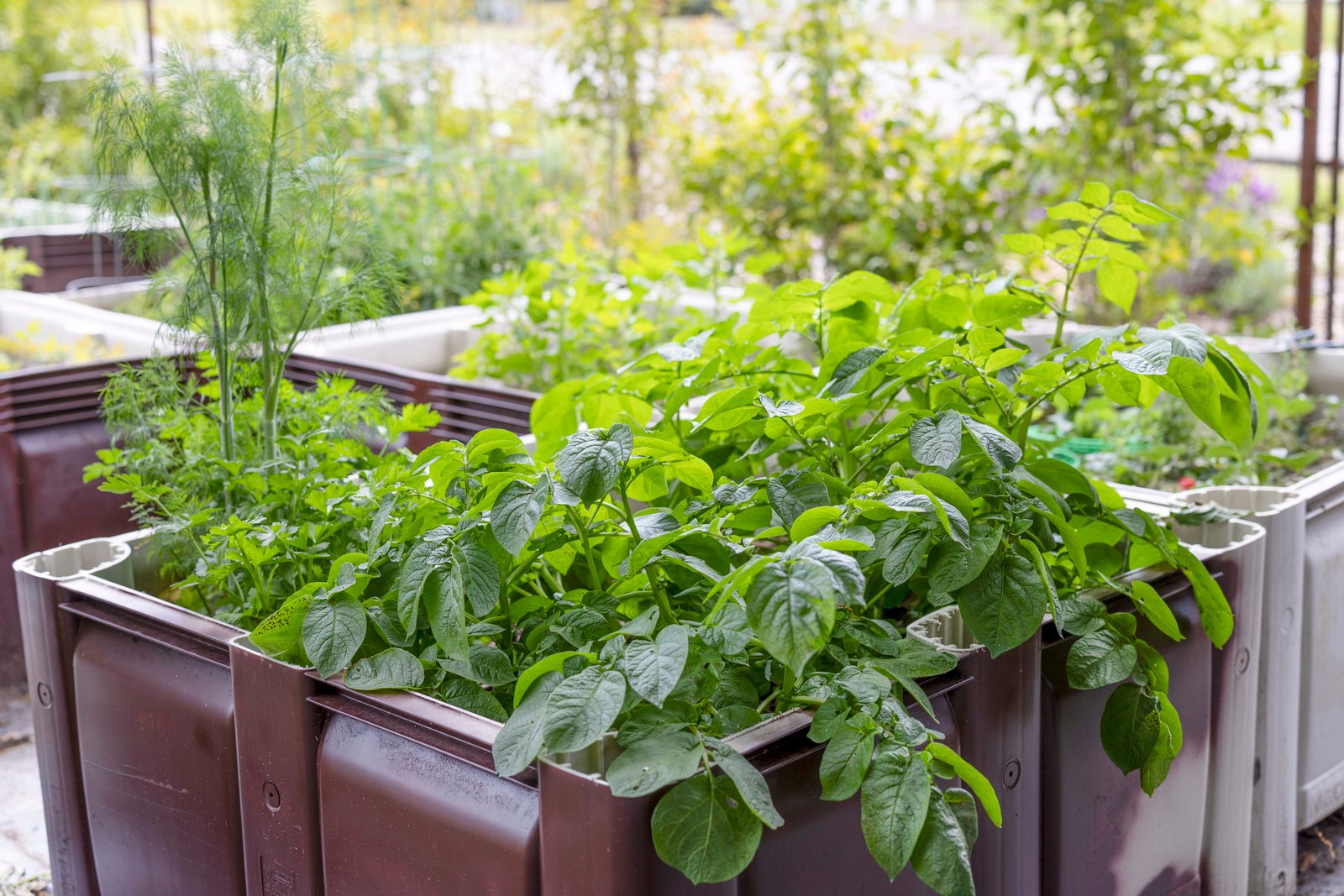
Where Not to plant your garden
There are a few areas where you should definitely NOT plant your garden. The first area is in the shade. Plants, especially fruits and vegetables, need lots of sunlight and shady areas limit the sun too much for a vegetable garden to succeed. There are some plants that do better in partial shade, so be sure to check the sun requirements of the plants you choose. In my garden, I strategically place taller plants in front of my plants that need a little afternoon shade. That way, my sun-loving sunflowers will help my more delicate snow peas not burn in the harsh afternoon sun.
Walnut trees are known to hinder growth in everything around them, so avoid planting your garden anywhere near a walnut tree. Walnuts are an amazing crop that I’ll talk about a little later, so I don’t want to discourage you from having a walnut tree, but they don’t provide a good place for a garden.
Finally, you want to avoid areas that are too wet. Plants love water, but too much water will cause them to rot. Avoid swampy areas or sights with poor drainage. If you only have that type of area, I recommend adding soil to build up the land so it’s not low enough to be soggy.
Have fun planning out your garden and dreaming of what it will become. Whether you have an acre to plant or just a window sill, you’ll have something you can be proud of when you start growing your own food.

